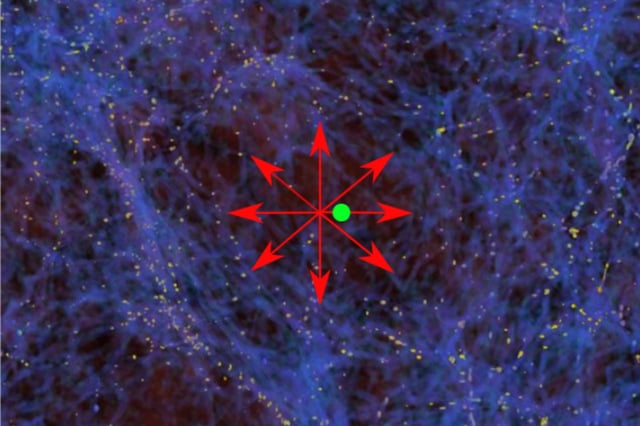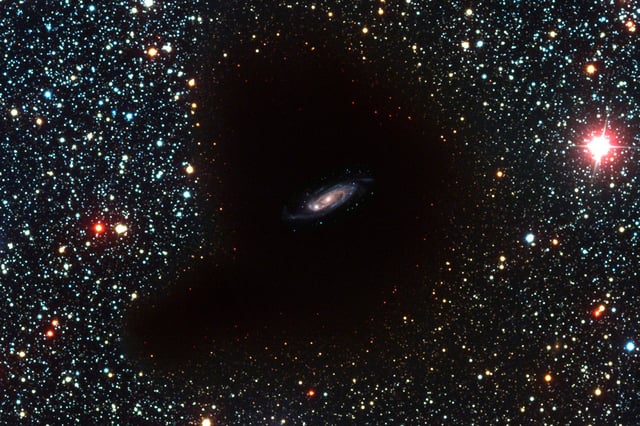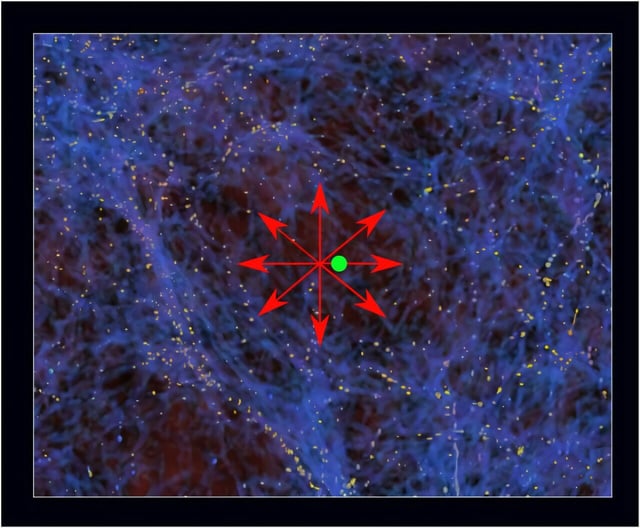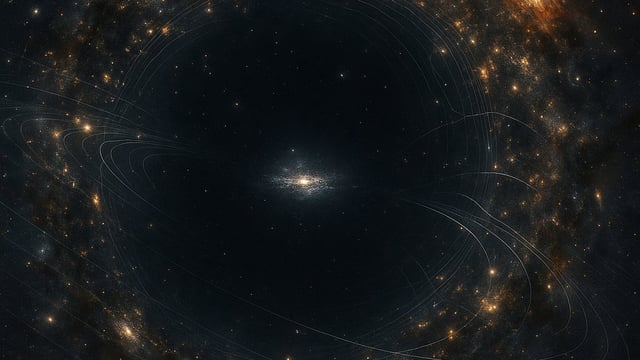Overview
- BAO analyses incorporating two decades of data find a local void scenario is about 100 million times more likely than a homogeneous Planck cosmology model
- Direct galaxy counts reveal our region has roughly 20% fewer galaxies within a billion-light-year radius, consistent with a deep underdensity
- A giant void centered on the Milky Way would gravitationally pull matter outward, boosting apparent local expansion rates and potentially resolving the Hubble tension
- Such a vast underdensity conflicts with the Lambda CDM assumption of large-scale uniformity and would demand revisions to standard cosmological frameworks
- Researchers plan to validate the void hypothesis by comparing its expansion-history predictions with independent cosmic chronometer measurements



